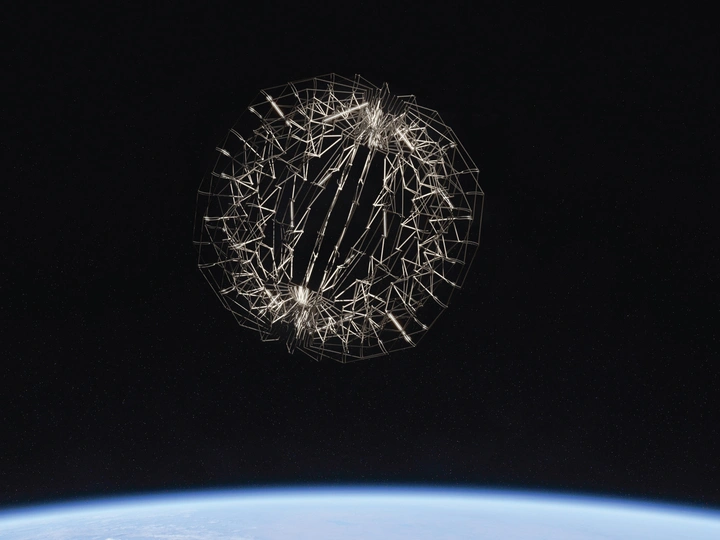FRAME_WORK for protest

Christian Eibel
Jonathan Muhr
Stefan Münster
Philipp Riedl
We are a team of architects/architecture students at the TU Wien who got to know each other as co-organizers and participants of the student occupation in December 2022 which was protesting among other issues against the lack of funding of universities, for better education regarding sustainability and climate change topics as well as opportunities for students to have more influence in helping shape the teaching and curricula of their courses of studies.
To follow up on these agendas and to provide a prove of concept, we took matters in our own hands and initiated a self-organized design studio the following semester with the goal to design mobile camp structures for climate and food rescue activists.
As part of this studio we did extensive research on different forms and concepts of sustainability like ecological materials, re-use, cradle-to-cradle, etc. but also on the subject of protest and activism.
We teamed up with activists, some of whom had helped us during the occupation, went on a field trip to visit an Austrian bamboo farmer as well as an eco village (Cambium Fehring), we organized a film-screening of a documentation on sustainable design (“Design ist niemals unschuldig") and invited discipline-specific scholars (Harald Gründl, Elke Krasny, Oliver Kartak) to have a panel discussion afterwards.
Luckily, these invitees along with others, became mentors of sorts for our project, alongside with historical “mentors”, particularly Buckminster Fuller, Victor Papanek and Konrad Wachsmann whom we encountered during our design process.
Our most important shared interests are ecological forms of building and shaping our environment, as low-tech as possible with a focus on adaptive re-use.
Whichever project we approach, it starts with our interests and through people that we meet along the way. Discussions and collaborations evolve that we could not have planned for with the aim of forever learning, creating and building on what we already know.
Being part of the world of activism made us contemplate our role as architects and how we can support the movement using our skills and interests.
During this reflection we also tried to define activism for ourselves: Whether it be an installation in the street highlighting the possibilities of urban space without the hegemony of cars, a colorful event, a safe space for every spectator, a source of information, and so on. Realizing that climate activism is very diverse with its forms and methods changing rapidly, we found it best to create something that can correspondingly transform and take many different shapes.
Thus, working with reused bike frames ermerged as the most logical direction for us. Old bike frames are usually in ample supply, they vary in size, yet,are still similar enough to be used as modular elements.
According to our believe that protest is also a form of grassroots urbanism and as a result should be recognizable as such, we intend for our system to also have an (urban) landscape-like dimension.
In general, activists tend to be very ressourceful and capable, which is why our aim is to create a framework that will enable them to come up with ever new uses and variants, in short, make this system their own. For instance, with the addition of fabric the dome can be transformed into a tent and with a different combination of the modular elements many more functions based on emerging needs will be possible.
Therefore, our main design work focuses on constructive nodes or connectors that should leave the bicycle parts as unaltered as possible in order for them to be reused and re-assembled again and again.
We have already developed different conjunctions and shapes and decided to design a dome-like structure as a prove of concept. It will be built in collaboration with activists, serve as an information pavillion and will have its first use in at an activist event in Vienna in September of ‘23.